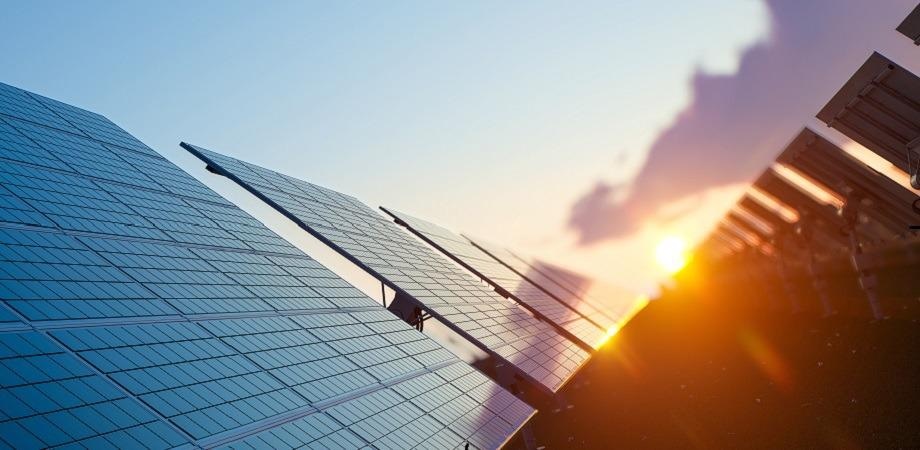Reviewed by Alex SmithApr 6 2022
Building a better and more powerful solar cell is a primary research aim inside the clean energy sector for a greener and highly sustainable economy.
 Hot carrier solar cells promise to exceed the typical efficiency limits. Image Credit: Shutterstock.
Hot carrier solar cells promise to exceed the typical efficiency limits. Image Credit: Shutterstock.
However, in a normal single-junction solar cell, performance has been topped at what is known as the Shockley–Queisser limit (a theoretical limit for the optimum efficiency that a solar cell could achieve).
Efficiency identifies how much of the light energy (photons) that has been absorbed by the solar cell could be converted into an operable electric current. The Shockley–Queisser limit puts the optimum possible efficiency at 33.7% for semiconductor-based solar cells.
Over the past few years, researchers have used and developed new paradigms for solar cell designs and materials, in making efforts to inch closer and even exceed this efficiency limit. They are yet to be successful, but as a result of the new study, the possibilities are enhanced.
Numerous factors might be responsible for the poor efficiency of solar cells. One significant cause is the thermalization of surplus energy. At the time of this thermalization, the surplus energy absorbed by a charged particle (electron and hole) pair—that is, more energy compared to the particle requires to become mobile within the structure of the material and generate electricity—is lost to the lattice material’s structure in the form of heat.
Studies display that in a normal single-junction semiconductor solar cell, almost 50% of the absorbed solar energy has been lost to thermalization. If this energy can be captured and converted to electricity as well, solar energy would become an immensely strong sustainable resource.
Several years back, two researchers, R. T. Ross and A. J. Nozik, suggested a new kind of solar cell known as the hot carrier solar cell (HCSC) in which this surplus energy could be acquired before it was lost.
In an HCSC, the concept is to separate the particles carrying surplus energy (hot carriers) and store them in the lattice structure such that the energy has not been lost. Consecutive experiments have proven the possibility of separating hot carriers. However, no operational HCSC has been built so far.
At present, a study has been executed by scientists from Arizona State University and the University of Oklahoma in the United States. It was guided by David K. Ferry who presents several conditions that must be fulfilled for an HCSC to be determined and examines ways to fulfill such conditions.
Journal Reference:
Ferry, D. K., et al. (2022) Pathways to hot carrier solar cell. Journal of Photonics for Energy. doi.org/10.1117/1.JPE.12.022204.